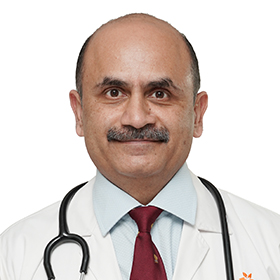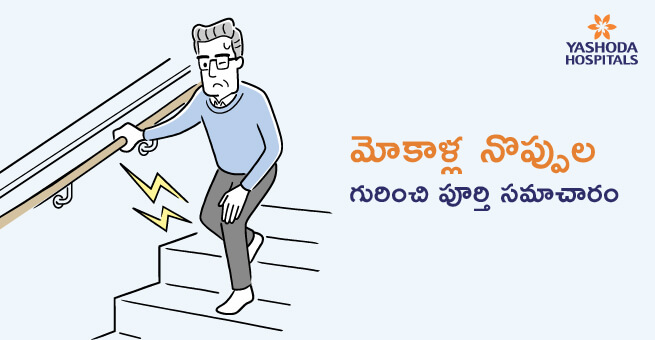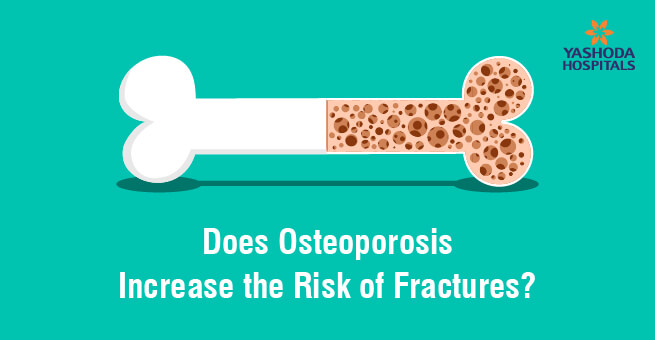Shoulder Dislocation: When Your Arm Goes Out of Socket
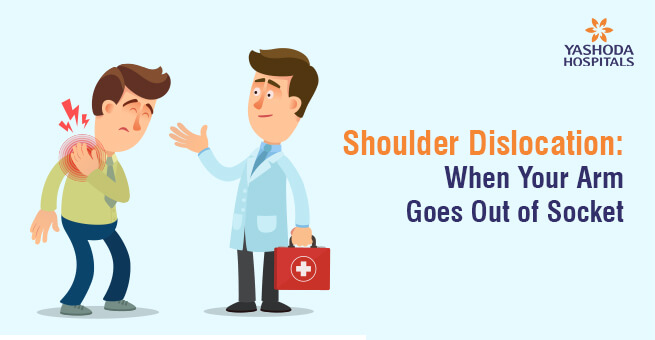
Whether it be during a game of cricket, hockey, or any other activity, we frequently witness our favourite athletes crying in agonising pain while holding their arm. This is due to a dislocated shoulder. But what exactly is shoulder dislocation? Why does it occur without any warning? To learn more, keep reading.
A dislocation is where the ball of the shoulder slips out of the socket, the head mostly comes out of socket in the front of the shoulder and rarely to the back.There are various causes of shoulder dislocation, one of the most common causes is an injury during sports like basketball, volleyball, kabbadi and swimming or after a fall. Rarely dislocations can happen without an injury.
There is also a chance of a partial shoulder dislocation. Only a portion of the upper arm bone is misplaced in this situation.
Symptoms of shoulder dislocation
A dislocated joint can cause severe pain. It is best to seek immediate medical attention at a local hospital for first aid, pain management, and repositioning the joint. This may require anaesthesia, so it is important to not eat or drink before seeking help.
Some individuals may experience multiple episodes of dislocation and may even learn to relocate the joint on their own. Dislocations of the shoulder are common in young adults between the ages of 18 and 30. The earlier the first episode of dislocation occurs, the more likely future dislocations are and how easily they can occur. Those who have recurrent dislocations may have a high risk of dislocation after an epileptic seizure, which may also be associated with a shoulder fracture. Control of seizures is crucial before considering surgery.
Causes of shoulder dislocations
The shoulder is the most flexible joint in the body, with a huge ball and a small socket. For the ball to remain in the socket, the tissues around the ball and socket (the capsule and labrum) should hold the ball in the centre of the socket.
After an injury, the strong tissue attachment on the socket side detaches and heals in an abnormal position on the socket, leaving a defect in the shoulder into which the ball continues to dislocate. Some people have loose or lax joints; hence, the capsule is not strong enough to hold the ball onto the socket, and these patients have a higher chance of dislocations.
Did you know you can be more prone to shoulder dislocations than others?
Diagnosis of shoulder dislocation
The shoulder surgeon will evaluate the shoulder and determine the degree of joint looseness. Proper assessment is crucial for obtaining the right treatment as not all shoulder dislocations require surgery. The type of dislocation, muscle function and position of the dislocation are essential factors that need to be considered.
Imaging studies like X-ray, CT scan and MRI scans may be used to assess structural damage to the shoulder. However, treatment plans should not only be based on these investigations and reports as it may lead to inappropriate treatment.
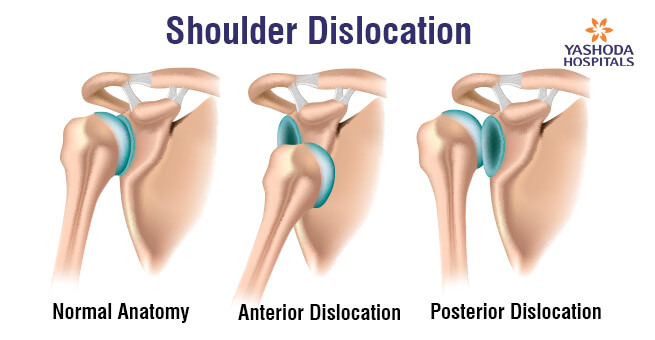
Do all shoulder dislocations need surgery?
Not all shoulder dislocations require surgical intervention. In some cases, non-surgical methods such as physical therapy can effectively manage the loose capsule and abnormal muscle balance of the shoulder blade and rotator cuff. A skilled physiotherapist can help design an exercise program to help with shoulder strengthening. However, for those who experience recurrent pain and a sense of joint instability as a result of an injury, surgical treatment may be more appropriate.
The choice of surgical technique is determined by the examination findings, the patient’s level of activity, the number of previous dislocations, and the results of imaging studies.
Minimally invasive arthroscopic surgery, also known as keyhole surgery, may be used to reposition torn structures back onto the socket with the use of anchors. Even though it doesn’t involve lasers, it is sometimes referred to as “laser surgery”. This technique typically has a healing time of 4-5 weeks, during which the arm should be rested and specific exercises should be done to avoid stressing the healing structures. In some cases, the bone on the socket and the ball of the shoulder may be damaged, requiring additional procedures to address. If there is significant bone loss, a procedure known as bone transfer may be used to provide extra support.
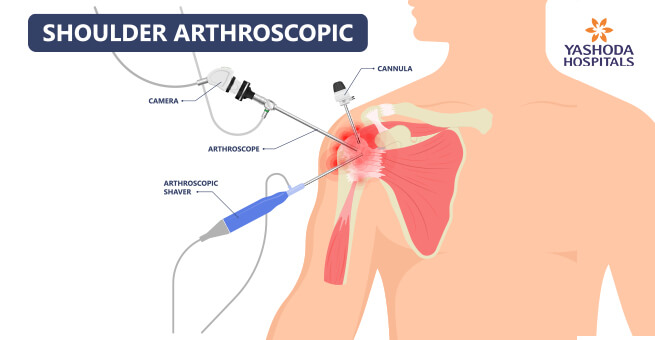
Advantages of arthroscopic surgery
Preventing recurrence of a dislocation can be achieved through appropriate treatment by a qualified specialist who tailors their approach to the individual patient. Arthroscopic surgery, a minimally invasive option, uses small equipment called an arthroscope with a camera to visualise any other abnormalities inside the shoulder. This approach is less traumatic, less painful and leads to a faster recovery time.
Open surgery may be needed for patients who require extra bone support, but this can cause damage to a shoulder muscle and result in stiffness. Mastery of surgical techniques cannot be achieved through observation alone, and requires extensive training. Advancements in understanding the condition, technology, and techniques have resulted in positive outcomes with few complications such as infection, redislocation, and minimal stiffness. To regain confidence in the use of your arm, it is recommended to seek consultation early as it is a simple procedure to fix.
Even though shoulder dislocation is typically not a serious condition, it can be risky in some circumstances, especially for young aspiring athletes. It is possible to prevent this condition with the right care and exercise. And if one has already experienced it, it’s crucial to take precautions to prevent a relapse. In the event of any complications, it is recommended to immediately seek medical attention as repeated dislocations of the joint damages the joint and muscles around it, which may require a more major salvage procedure later.
References:
- 4 Complications of Dislocated Shoulder
4 Complications of a Dislocated Shoulder | Neurosurgery & Orthopedic Surgeons located in Jacksonville, FL | Integrity Spine & Orthopedics (integrityspineortho.com)
- Dislocated Shoulder- Symptoms and causes
Dislocated shoulder – Symptoms and causes – Mayo Clinic
- Dislocated Shoulder: Symptoms, Recovery and More
Dislocated Shoulder: Symptoms, Recovery, and More (healthline.com)
About Author –
Dr. Deepthi Nandan Reddy A, Senior Consultant Orthopaedic Surgeon, Yashoda Hospital, Hyderabad
MBBS, MS (Ortho), MSc (Ortho, UK), FRCS Ed, FRCS (Ortho, UK), CCT (UK), Advanced Shoulder, Elbow & Hand Fellowships (UK, Mayo Clinic, Rochester & Florida Orthopaedic Institute-USA)










